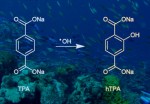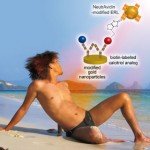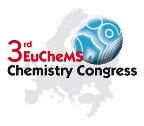Terephthalate as a probe for photochemically generated hydroxyl radical
Sarah E. Page, William A. Arnold and Kristopher McNeill, J. Environ. Monit., 2010, 12, 1658
DOI: 10.1039/c0em00160k
A sensitive probe to monitor hydroxyl radicals in water has been developed by a team of Swiss and US scientists.
Current hydroxyl radical probes, such as benzoic acid, often have limited sensitivity, require long irradiation times or high concentrations of the probe, which can affect the sample. Now Kristopher McNeill at the Swiss Federal Institute of Technology (ETH) in Zurich and colleagues at the University of Minnesota in Minneapolis have discovered that terephthalate is a more sensitive probe for hydroxyl radicals in aquatic environments.
Read Rachel Cooper’s full news article at Highlights in Chemical Technology.














